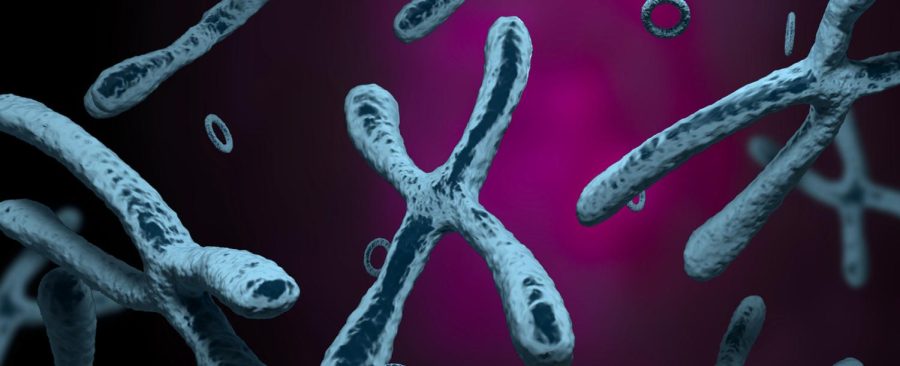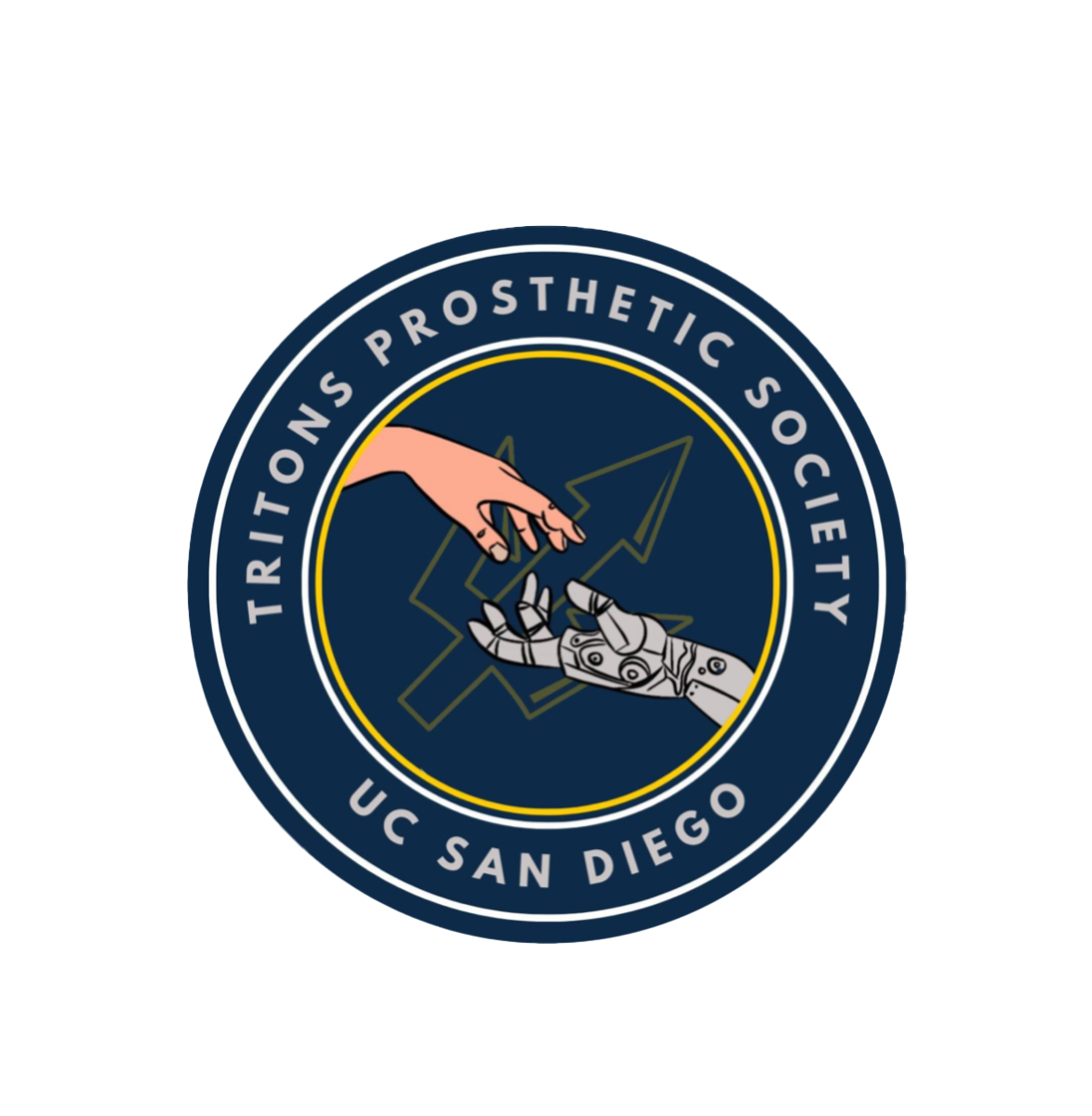UC San Diego Researchers Help Identify Correlation Between Extrachromosomal DNA and Cancer
Photo by Courtesy of The Royal Society of Medicine/ UCSD Guardian
Apr 23, 2023
Extrachromosomal circular DNA has been linked with the growth of tumors due to their resistance to treatment and poorer patient outcomes, according to a study published in Nature.
Postdoctoral researcher Jens Luebeck at the computer science department and co-author of the paper explained that the study looked at patients with Barrett’s esophagus, a precancerous condition of the esophagus.
“Genes that allow precancerous tissue to grow more quickly can become amplified,” Luebeck explained to The UCSD Guardian. “This can happen sometimes many years before a patient actually develops cancer. So what we looked at was whether the changes that happen to this DNA are actually including mechanisms that we call extrachromosomal DNA, or ecDNA.”
ecDNA are circularized DNA that have broken away from their normal chromosomal structure. “You see [ecDNA] a lot in cancer cells … and they have a lot of properties that make the cancers containing them very pathogenic,” said computer science Professor Vineet Bafna and fellow co-author of the study.
The findings of the study demonstrated a clear relationship between the presence of ecDNA and the development of cancer in patients with Barrett’s esophagus.
“What we found was that in patients who would later go on to develop cancer, extra chromosomal DNA was found more frequently than in Barrett’s patients who never went on to get cancer, even after 10 years or more,” Luebeck said.
Not only does ecDNA link with the development of cancer in these patients, but patients who do have ecDNA positive tissue have worse health outcomes, as the tissue affected was in a more diseased state when ecDNA was present than when it was absent.
This research may have the potential to change the way scientists think about cancer. Not only that, it may even prove beneficial with regard to accessing better treatments for certain types of cancer.
“I think people have to think of ecDNA as an important facet of their cancer,” Bafna explained. “If [the cancer] is ecDNA positive maybe you want some more aggressive treatments. It’s definitely changed how people think about cancer.”
The research has the potential to bring scientists closer to fully understanding the complexities of cancer and its causes.
“If certain proteins are important for the ecDNA maintenance, then cancers that contain the ecDNA are also addicted to those proteins,” Bafna said. “So if you targeted those proteins, you might have a hope for treatment.”
There are still many opportunities for research within the realm of ecDNA and its relation to cancer. Many organizations and charities are providing funding for further research.. This study, for example, was aided by organizations like Cancer Research UK and the National Cancer Institute.
It is clear that work is not done for the researchers, as Bafna explained there are still many questions.
“There’s a lot of incentive to find those genes that if you remove, ecDNA would not function as well,” he said. “We don’t have a full handle on those questions.”
One of the major hurdles for the treatment’s future is that identifying whether tissue is ecDNA positive is a timely and costly event that requires a whole genome sequencing, something that is not covered by most insurance companies.
“There’s a need for more technology development for clinicians to have access to [ecDNA identifying technology],” Luebeck explained.

















